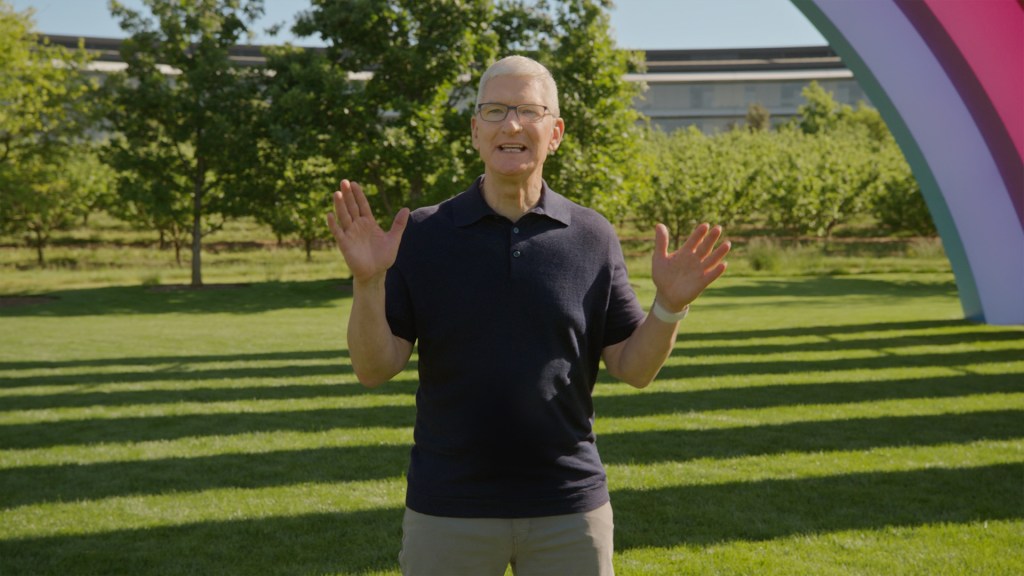We tend to take the cloud for granted today as a way of delivering and building software, but it wasn’t always the case. Less than a decade ago, in fact, companies like Microsoft sold most of their software in boxes or in large on-prem installations inside customer data centers.
Around 2012, as the company began thinking about what the future of computing might look like, it became clear that software would eventually move to the cloud. Microsoft would have to go through a long journey of changing internal processes and convincing customers the cloud was a more efficient way to deliver software.
It’s important to remember that in those days, whether we were talking Office or SharePoint, the company’s content management system, the software was developed over long multiyear cycles and delivered as one massive change. Not every customer upgraded because they had built systems to work with a previous version, and there was a large cost associated with upgrading.
That meant that existing customers often used older versions and didn’t take advantage of the latest innovations that Microsoft spent significant resources creating.
Today, Microsoft’s cloud software business is booming — the productivity and business category, where Office 365 and other cloud productivity software live, alone raked in $15 billion in business in the company’s most recent earnings report (this category also includes LinkedIn revenue). That’s up 22% from a year earlier. That number included boxed software, by the way, which is still sold in parts of the world. In case you’re wondering, boxed sales declined 13% for the same period, as companies and individuals increasingly chose cloud.
Last month, I interviewed Jared Spataro, corporate vice president for Microsoft 365, at TechCrunch Sessions: SaaS. He was at Microsoft during the company’s transition to the cloud, and we talked about what was involved in making such a huge shift and how the company convinced often reluctant customers that the cloud was the way to go.
Leading through change
Nobody likes a massive change, and it seemed like a big unknown for most customers looking at the cloud in 2012. Sure, there were successful SaaS companies at that point, Salesforce being a prime example, but it was a much smaller company than it is today.
There was still a prevailing feeling that the cloud represented a gamble. “When we first started thinking about making a transition from our previous model to the cloud, we of course, had those conversations with customers, and I’ll never forget customers saying, “No way, don’t go chase that. We’re not interested. Don’t spend your money there, spend your money in places where we want you to improve the product,” Spataro told me.
The fact that the company was ahead of its customers on this had to be scary, but Microsoft understood that the cloud was the future. It was determined to make that bet, even while getting negative feedback from customers — and that’s a big takeaway.
“The biggest thing is this idea that sometimes when you make a big transition, you may be ahead of your customers, and you certainly are ahead, I think in many cases, of your best customers, because they have their own ideas about where things are going. And so that was kind of the beginning,” Spataro said.
Microsoft wasn’t just asking customers to make this change. It also involved massive internal change for everything from how you build and deliver software — moving from a waterfall schedule of months and years to an agile one, where you could potentially be updating on a daily basis. It also changed how the company sells the software and counts revenue, moving to subscription revenue and annual recurring revenue (ARR). When you move to a new system like this, it completely changes how you do business.
As Spataro pointed out, however, it was not something that happened all at once and they had the advantage of being a large corporation with vast resources to run parallel tracks.
“The context for Microsoft had been our ability to develop multiple, very large businesses that ran in parallel. So this idea that we had multiple billion-dollar-plus businesses [like the] Windows business and Office businesses … Even a server business associated with productivity [certainly helped].”
The company looked at it through the lens of S curves, where a business starts at zero, grows substantially and then begins to taper off over time. The company believed that in spite of the success that the on-prem and box business was having, it was reaching the tail of the S curve and it was imperative to start the move to the cloud where the next growth area would be.
“And then your job, of course, is to find the next S curve. And so we kind of used that basic mental model to say, ‘Gosh, we not only need to be growing our current business, we have to be thinking about what’s next,’” he said.
He said that when presented as a formula like this, it provided a model that management could use to convince the various parties involved in the company that these kinds of cycles are a natural ebb and flow of business, and it was essential that Microsoft get ahead of this one.
The Satya effect
When Satya Nadella replaced Steve Ballmer as CEO in 2014, Microsoft was on its way to making the transition to the cloud, but Nadella put it front and center in his strategy for the company. While that certainly helped push the company to the cloud, Spataro said that engineers, who usually want to work on the cutting edge, were already hungry to try new ways of doing things, and they were able to take advantage of that.
“When I think internally I would say that folks who work on technology are always interested in the latest technology, they’re always interested in where things are going, they’re always interested in making sure they’re not working on the stuff that’s considered old, but working on the stuff that’s considered new and really pushing the envelope toward the cutting edge,” he said.
He said Nadella created a culture of learning and helped empower people to make decisions, which certainly helped during a period of change as the company was shifting its focus to the cloud. Spataro also credits Nadella with getting different parts of the company working together instead of competing against one another.
“He also did something that I thought was really amazing, where he really started to bring the company and resources together, as opposed to just separate siloed business units, to try and execute more effectively together. And so effectively being kind of a force multiplier between our businesses as opposed to competition between your businesses, and that unlocked a lot of potential for Microsoft,” he said.
Nadella also understood that meant it couldn’t be all Microsoft solutions all the time as it had been in the past — something we reported that he articulated in 2015 at an appearance at Dreamforce, Salesforce’s customer conference that we covered at TechCrunch:
If you look at our industry, how is our industry going to succeed? It’s only going to succeed if we can add value to our customers. Our customers are going to make choices that make the most sense for them, and it’s not going to be homogeneous choices. They are going to use all these different applications and multiple platforms. It is incumbent upon us, especially those of us who are platform vendors to partner broadly to solve real pain points our customers have.
One of the first moves that demonstrated that was when he announced Office for the iPad, which took it out of the realm of the Windows world for the first time. As Spataro pointed out, it was something that was in development while Ballmer was still CEO, but it signaled in a big way that Microsoft was changing how it was going to do business moving forward.
Looking back, it’s hard to imagine that there was a debate, but if you were there, you know there was a lot of resistance to the cloud, especially from veteran IT professionals who mistakenly saw it as a threat to their livelihoods. Microsoft was able to push past the noise, the negativity and the doubt and create an entirely new business model — something that any organization trying to make a serious change inside their company can learn from.































Comment